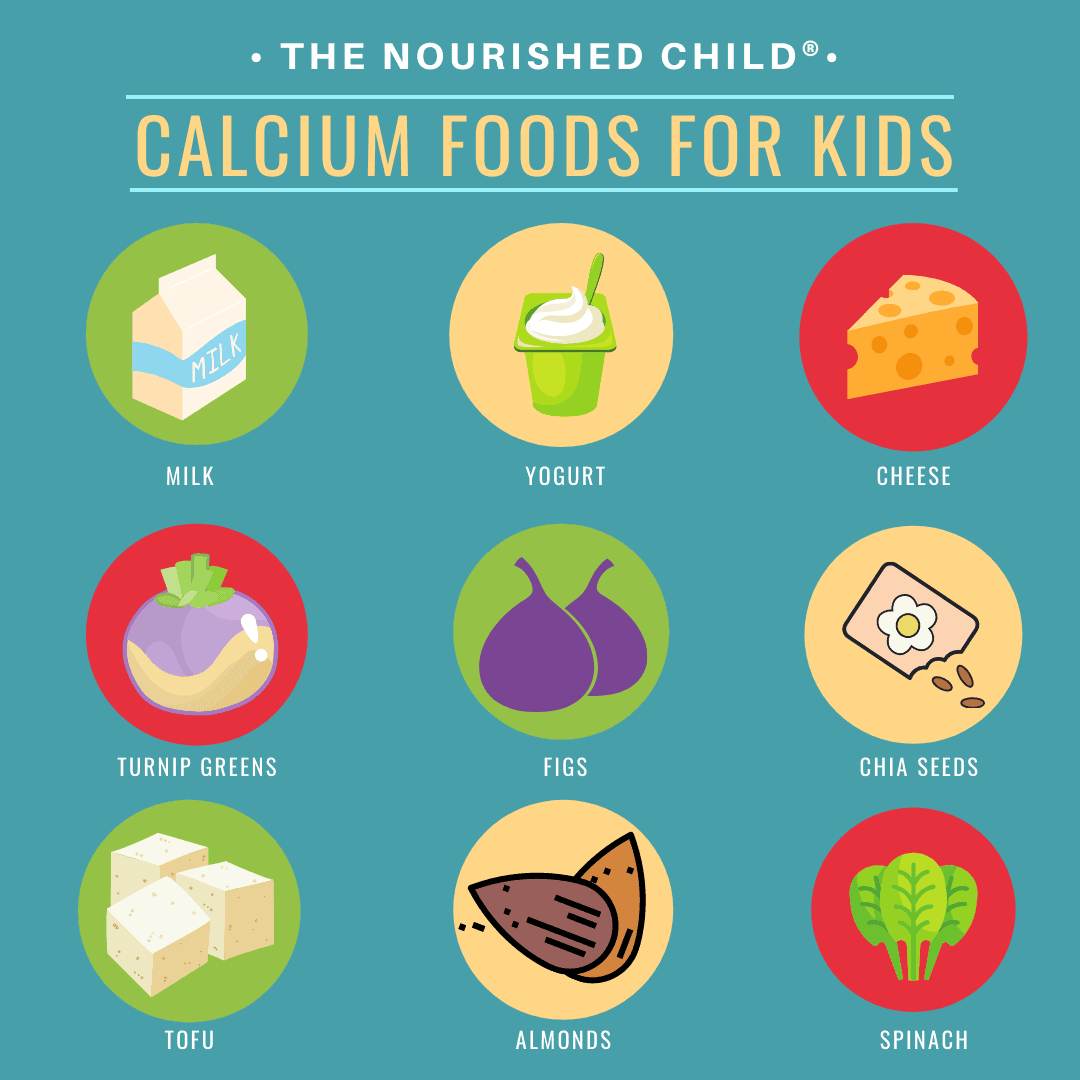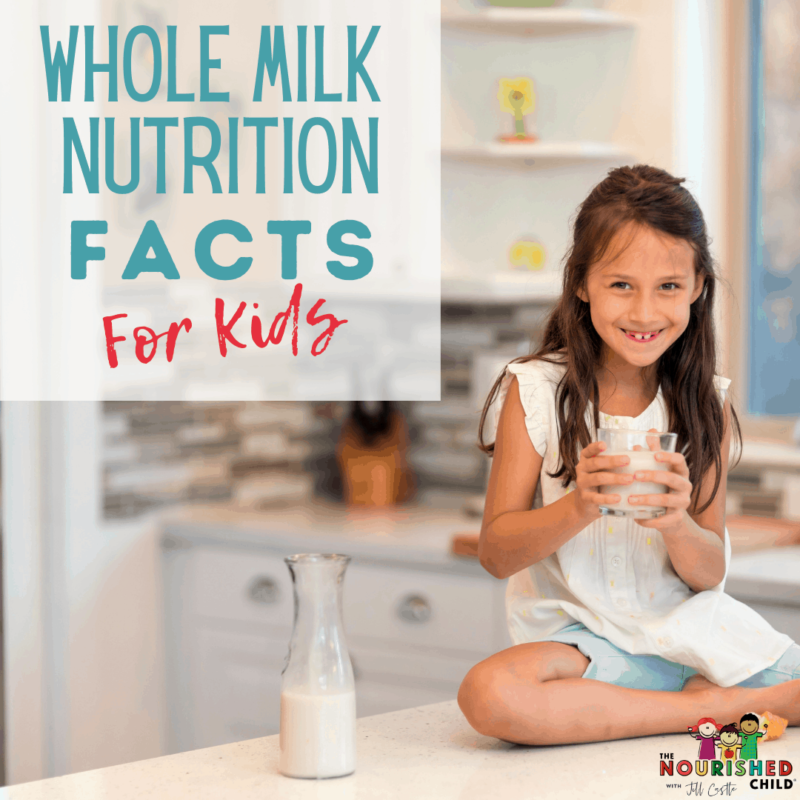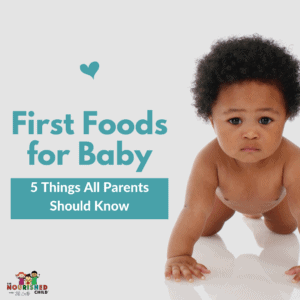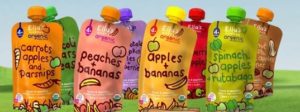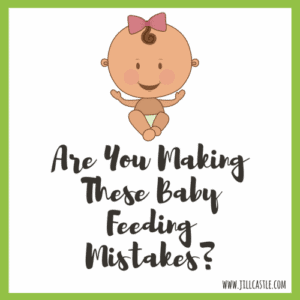Baby Taste Buds: 5 Ways to Help Baby Like Food
July 9, 2021
Baby’s first foods start the development of food preferences. Those little baby taste buds are primed and ready to learn to like food. Learn how to shape your baby’s healthy palate with strategies that encourage trying new foods and establish healthy baby taste buds.
Getting kids to like a wide variety of foods and flavors is high on my list of “to-do’s” as a childhood nutritionist.
I know that if children adopt healthy food preferences early on they are more likely to try new food in the future, and less likely to get stuck in the picky eating stage.
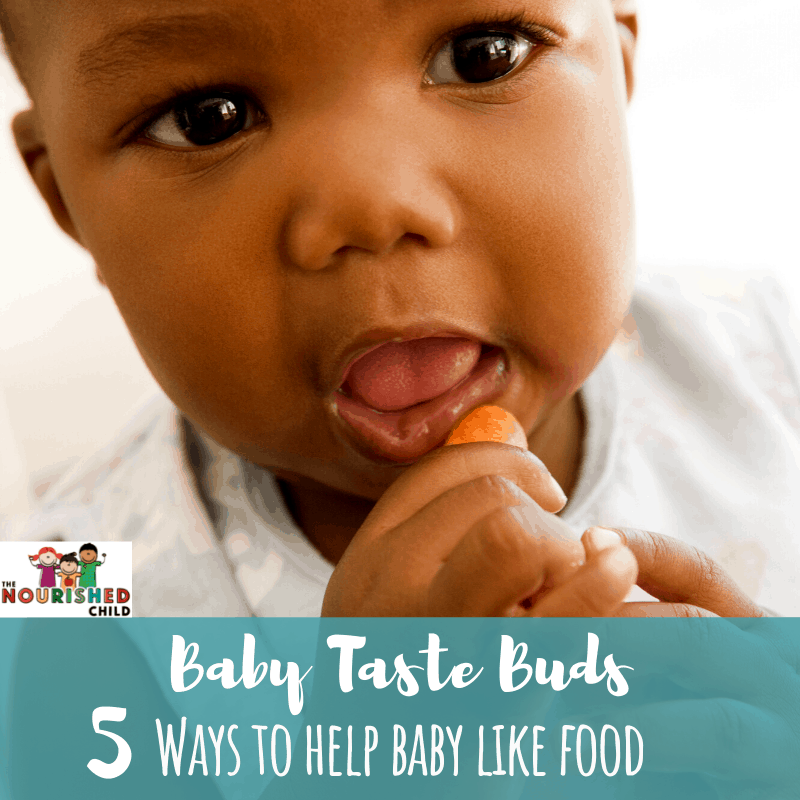
5 Ways to Help Your Baby Like Food
Even though there’s a genetic inclination for picky eating, there’s quite a bit you can do to encourage your child to like and enjoy all foods.
From eating a varied diet during pregnancy to exposing your baby to a rapid litany of veggies in the first year, there are a few things you can work to your advantage as you embark on feeding your baby.
1. Breastfeed Your Baby for 6 Months
You already know how great breastfeeding is for your baby, from helping instill a strong immune system to forging a strong parent-child connection.
Breastfeeding also introduces your baby to new tastes as the flavors of your diet are transmitted to your baby through your breastmilk.
Flavors, including spices and aromatics like caraway, anise and garlic, travel from your stomach to your blood and into your breast milk.
Your baby experiences these flavors when nursing. This early exposure to flavor helps your baby develop food preferences and learn to accept and like new foods when they are introduced later.
One study showed that nursing mothers who ate garlic had babies who nursed more vigorously and longer (as evidenced by staying on the breast longer).
Other studies suggest that exposure to certain flavors via the amniotic fluid or breast milk led to babies who liked those flavors when they started solid food.
This evidence supports the idea that the more flavors a nursing mom can incorporate into her diet during pregnancy and breast feeding, the more accepting her baby may be with the introduction of new foods.
Rather than avoiding foods, you want to eat a wide variety of foods and flavors during pregnancy and while breastfeeding.
Infant formula is not equivalent to breastmilk in its flavor profile. The flavor of infant formula does not vary.
If you are unable to nurse, don’t worry, you can still help your baby like a variety of flavorful foods by using the tips below.
Breastmilk is flavorful and this is passed to your baby; early flavor exposure may mean less pickiness later. Click To Tweet2. Start Solids around 6 Months
By age 5, children have largely developed their food preferences, although they can still adopt new flavors into their diet over time.
Initiating complimentary foods, otherwise known as starting solids, around 6 months of age, takes advantage of the sensitive window of opportunity for flavor acceptance from those baby taste buds.
Studies have shown that the period around 6 months is particularly opportune for the acceptance of new flavors, while starting solids after 6 months may lead to less pickiness later.
Wondering whether you should start with the spoon, using baby-led weaning, or a combination?
I’ve broken down the research on all three approaches so you can make the best decision for you and your baby:
3. Use a Variety of Vegetables to Encourage Healthy Food Preferences
The traditional recommendations for introducing solids had parents wait three to five days before offering a new food.
However, there isn’t much supportive research behind this recommendation.
New research into food preferences and its development highlights the importance of food variety, early and often.
A 2014 study in the journal Appetite showed that offering a single vegetable (carrot) versus offering a three-veggie blend (zucchini, parsnip and sweet potato) made a difference in baby’s willingness to accept and eat a new food (pea puree).
Those babies that received the single veggie ate less of the pea puree than the babies who received the variety of vegetables.
New flavors, early and often, particularly with vegetables, may help your baby develop an adventurous palate and a willingness to try new food.
Related: 10 Smart Ways to Serve Veggies to Kids.
4. Repeat Food Offerings [AKA Repeated Exposure]
More research has investigated the role of persistently offering tasty foods that have been previously rejected.
It turns out that even if your baby has rejected vegetables, you may be able to get him to turn the corner and accept these veggies by using repetitive offerings.
The premise is that vegetables are naturally bitter and babies need to learn to like them; this happens when they receive them often, something researchers call repeated exposure.
In a 2016 study published in PLoS One, researchers looked at the long-term effects of offering a variety of vegetables during the ages between 5 months and six years.
They found that offering vegetables early, and persistently offering them, even when they were disliked or rejected, helped children accept them over the long term.
This is key to getting those baby taste buds to experience lots of flavors.
In the study, researchers offered rejected vegetables eight subsequent times and saw an increased acceptance lasting for several years.
At 15 months, 79% of children still liked the rejected vegetables.
At 3 years, 73% still liked them, and at 6 years, 57% still liked them and were more adventurous and willing to try new foods.
[Learn How to Make Your Own Baby Food!]
5. Don’t Give Up When Your Baby Refuses to Eat
Parents, it turns out, have a low tolerance for food rejection. When their baby refuses to eat, they give up on offering those rejected foods.
It only takes a baby to refuse three to five times.
When parents give up, babies and toddlers miss out on a valuable learning and exposure opportunity!
There is a lot you can do to help your young child develop food preferences that will support his eating and liking of tasty food down the road.
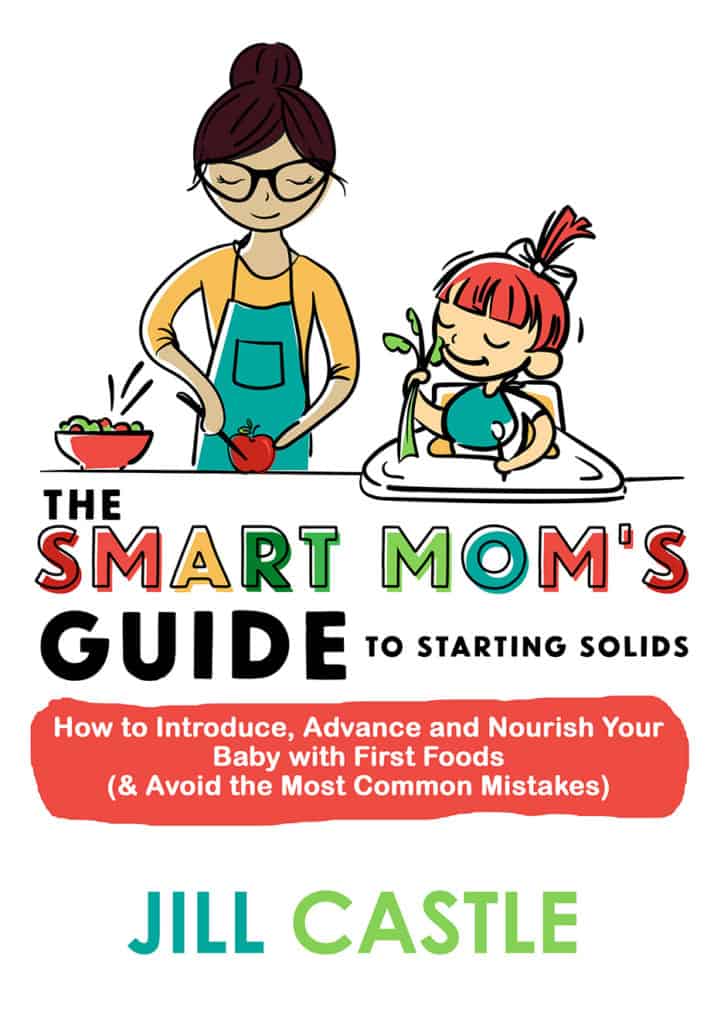
Help Your Baby Develop Healthy Baby Taste Buds and a Taste Palette
If you are interested in learning more about the ins and outs of starting solids and the important recommendations for food and nutrients, feeding methods, developing healthy food preferences and more, check out my book, The Smart Mom’s Guide to Starting Solids: How to Introduce, Advance & Nourish Your Baby with First Foods. And The Ultimate Guide to Baby Nutrition in the First Year is also very helpful!

